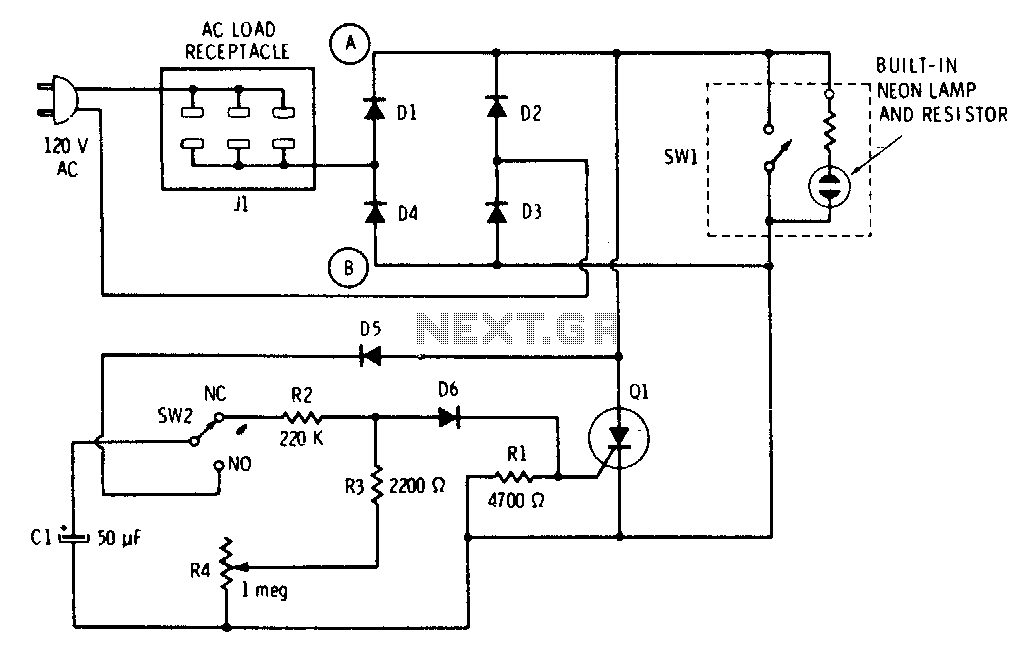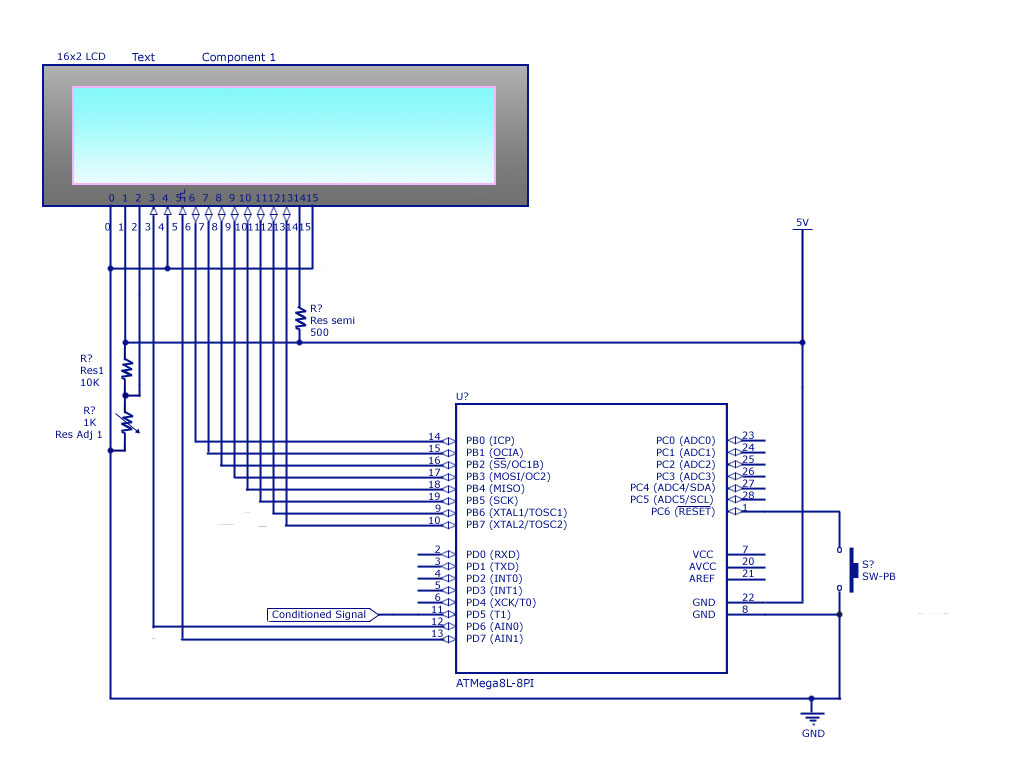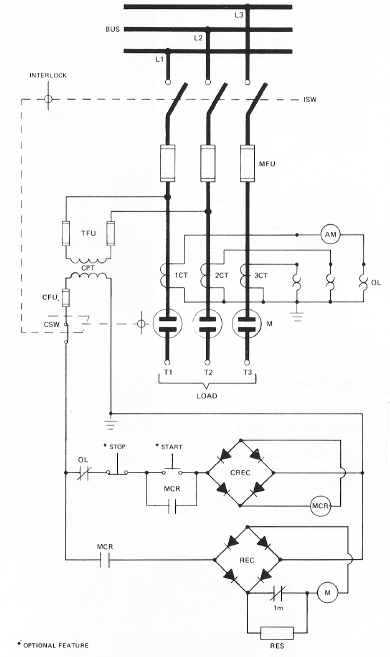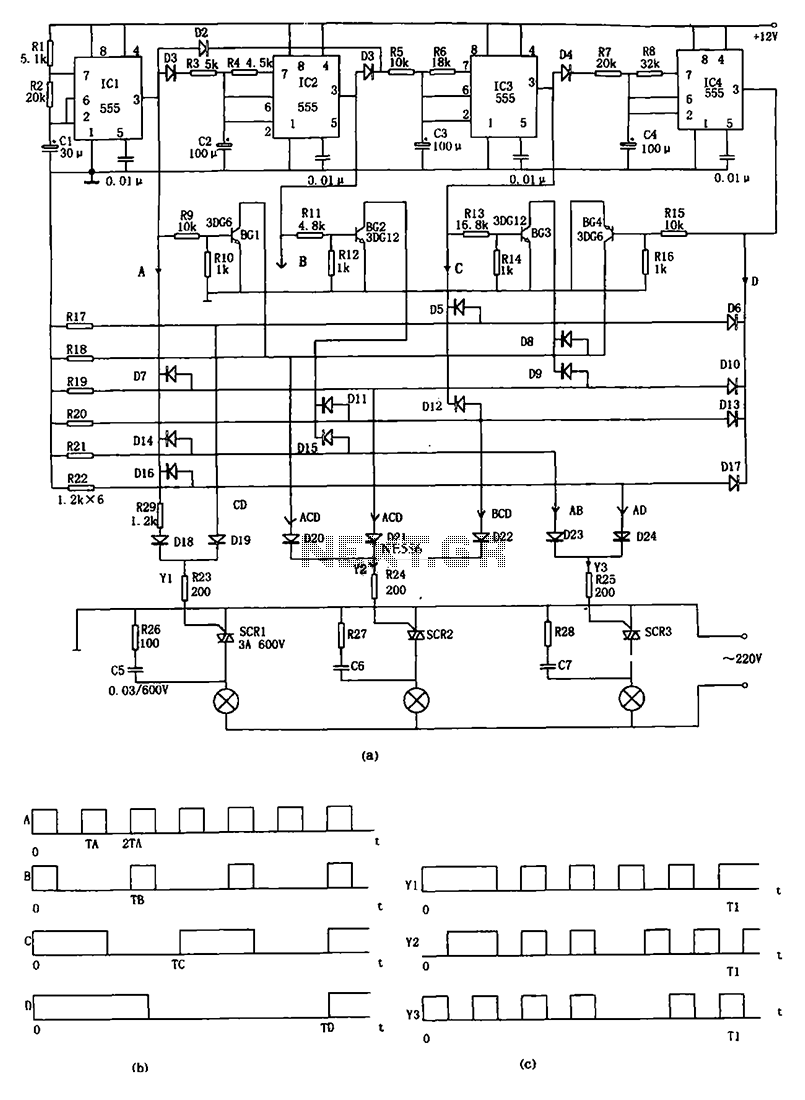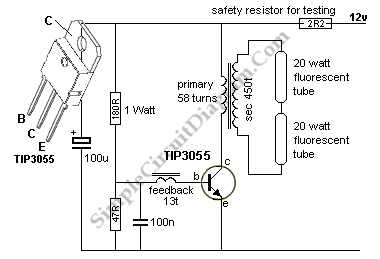
Audio-Controlled Incandescent Lamp Light Controller
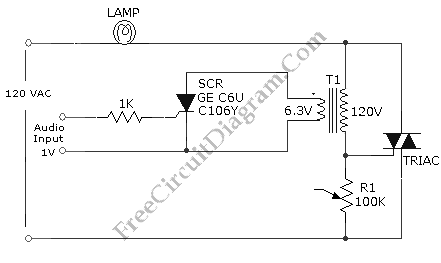
This is an audio-controlled lamp circuit. This circuit requires a low voltage input, such as from pre-amplifiers, tone control, or general audio line level output.
The audio-controlled lamp circuit is designed to activate a lamp in response to audio signals. The circuit typically operates at low voltage levels, making it suitable for integration with various audio sources, including pre-amplifiers and tone control units.
The core of the circuit consists of a microphone or audio input stage that captures sound waves and converts them into electrical signals. These signals are then processed by a signal conditioning stage, which may include filtering and amplification to ensure that the audio input is within the appropriate range for triggering the lamp.
A comparator circuit is often used to analyze the amplitude of the audio signal. When the audio signal exceeds a predefined threshold, the comparator output changes state, activating a transistor or a relay that controls the lamp's power supply. This allows the lamp to turn on or off based on the intensity of the incoming audio signals.
Additionally, the circuit can include features such as adjustable sensitivity to accommodate different audio levels and environments. A potentiometer may be incorporated into the design to allow users to set the threshold level according to their specific needs.
For safety and reliability, it is essential to ensure that the circuit is designed to handle the power requirements of the lamp being controlled. This may involve selecting appropriate components, such as transistors with adequate current ratings or relays that can manage the lamp's voltage and current specifications.
In summary, the audio-controlled lamp circuit serves as an innovative solution for creating interactive lighting effects based on audio inputs, enhancing both functionality and ambiance in various applications.This is a audio-controlled lamp circuit. This circuit requires low voltage input such as pre-amplifiers, tone control, or general audio line level output. It`s. 🔗 External reference
The audio-controlled lamp circuit is designed to activate a lamp in response to audio signals. The circuit typically operates at low voltage levels, making it suitable for integration with various audio sources, including pre-amplifiers and tone control units.
The core of the circuit consists of a microphone or audio input stage that captures sound waves and converts them into electrical signals. These signals are then processed by a signal conditioning stage, which may include filtering and amplification to ensure that the audio input is within the appropriate range for triggering the lamp.
A comparator circuit is often used to analyze the amplitude of the audio signal. When the audio signal exceeds a predefined threshold, the comparator output changes state, activating a transistor or a relay that controls the lamp's power supply. This allows the lamp to turn on or off based on the intensity of the incoming audio signals.
Additionally, the circuit can include features such as adjustable sensitivity to accommodate different audio levels and environments. A potentiometer may be incorporated into the design to allow users to set the threshold level according to their specific needs.
For safety and reliability, it is essential to ensure that the circuit is designed to handle the power requirements of the lamp being controlled. This may involve selecting appropriate components, such as transistors with adequate current ratings or relays that can manage the lamp's voltage and current specifications.
In summary, the audio-controlled lamp circuit serves as an innovative solution for creating interactive lighting effects based on audio inputs, enhancing both functionality and ambiance in various applications.This is a audio-controlled lamp circuit. This circuit requires low voltage input such as pre-amplifiers, tone control, or general audio line level output. It`s. 🔗 External reference
